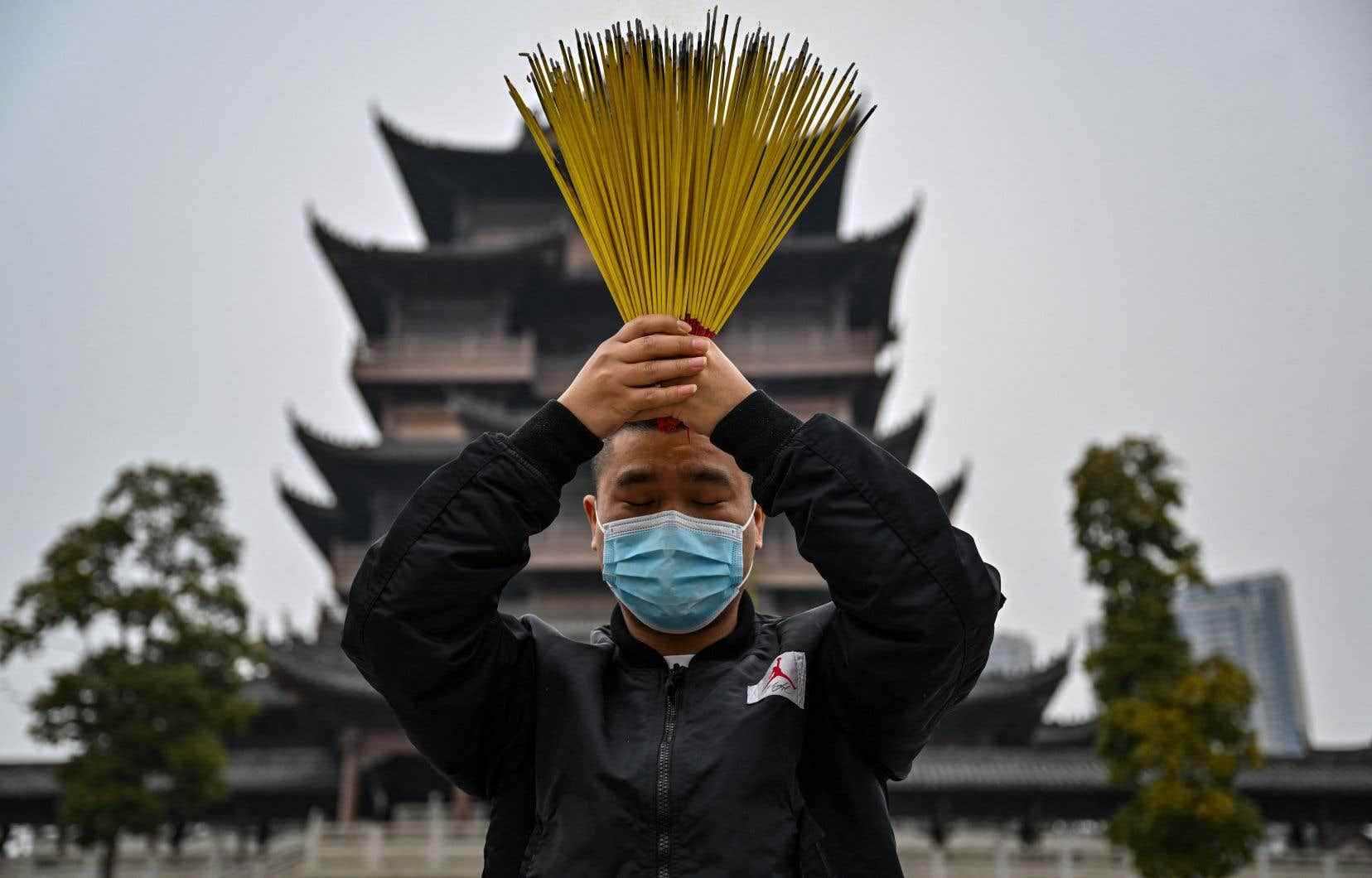“We are no longer afraid! ”: Wuhan residents say Monday they have returned to fully normal life, three years after the start of the city’s traumatic lockdown that signaled the start of the pandemic.
The metropolis of 11 million people, located in central China, began to be hit at the end of 2019 by what was then only an unknown virus, resulting in pneumonia in a growing number of inhabitants.
On January 23, 2020, the authorities ordered the city to be shut down to stop the epidemic. The virus was going to cause millions of deaths on the planet and laminate the world economy.
But life has since resumed in most countries. And China, after three years of confinement, mandatory quarantines and multiple screenings, lifted almost all of its health restrictions in December.
On Monday, nothing reminds Wuhan of the apocalyptic atmosphere of 2020. Despite the cold, residents take advantage of the Lunar New Year holidays to go to the markets or walk along the Yangtze River.
Others enjoy snacks and local specialties in the Hubu alley, a historic and popular artery, animated by a multitude of stalls and small restaurants.
Locals and tourists flock to the Guiyuan Buddhist Temple, one of Wuhan’s iconic sites. It had reopened in 2021, but this is the first time in three years that it has welcomed the public during the New Year holidays.
“House of Hope”
“The new year that is starting will of course be better. We are no longer afraid of the virus! “, told AFP Yan Dongju, a maintenance worker in her sixties.
A little further on, a young food delivery man on a scooter nods.
“Everyone has returned to normal life. People get together with family, friends, go out to have fun, travel… They have found their smiles again, ”explains Liang Feicheng to AFP between two orders.
“Any worries and fears we may have had have eased,” he says, wearing goggles and a face mask to protect himself from the biting cold.
The 2020 confinement, announced in the middle of the night and put in place a few hours later, took the inhabitants by surprise.
And the rest of the world, eyes glued to the streaming news channels, anxiously followed in real time the onset of what would become a global epidemic.
Stations and airports closed, roads blocked, transport stopped and businesses padlocked: for 76 days, Wuhan found itself cut off from the world, with residents holed up in their homes and hospitals overwhelmed with patients.
But the chaos of early 2020 is now a long way off.
In front of a store where AFP had taken the photo of a dead man lying on a sidewalk, the name of a school now installed in the building (“The House of Hope”) seems to wink at the fate.
Market closed
The huge site of the famous makeshift hospital in Wuhan, built in just 10 days at the end of January 2020, is now abandoned and a large poster at the entrance celebrates those who worked on its construction.
The former site of the Huanan market, a time suspected of being the epicenter of the contaminations, had definitively closed in 2020.
On Monday, large sky blue barriers still surrounded the disused complex, in front of which a police car was parked, AFP noted.
China, long considered a haven of health peace due to draconian measures against the virus, has been facing its most significant epidemic rebound in recent weeks.
About 80% of the Chinese population have contracted COVID since the lifting of health restrictions in December, according to epidemiologist Wu Zunyou, a figure in his country’s fight against the virus.
China reported over the weekend at least 13,000 additional deaths “related to COVID-19” between January 13 and 19.
This figure, which only concerns deaths reported in hospitals, is in addition to the approximately 60,000 deaths since December previously announced by the authorities.
This assessment is undoubtedly underestimated for a population of 1.4 billion inhabitants, while many hospitals and crematoriums in the country still appear overwhelmed.
